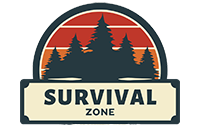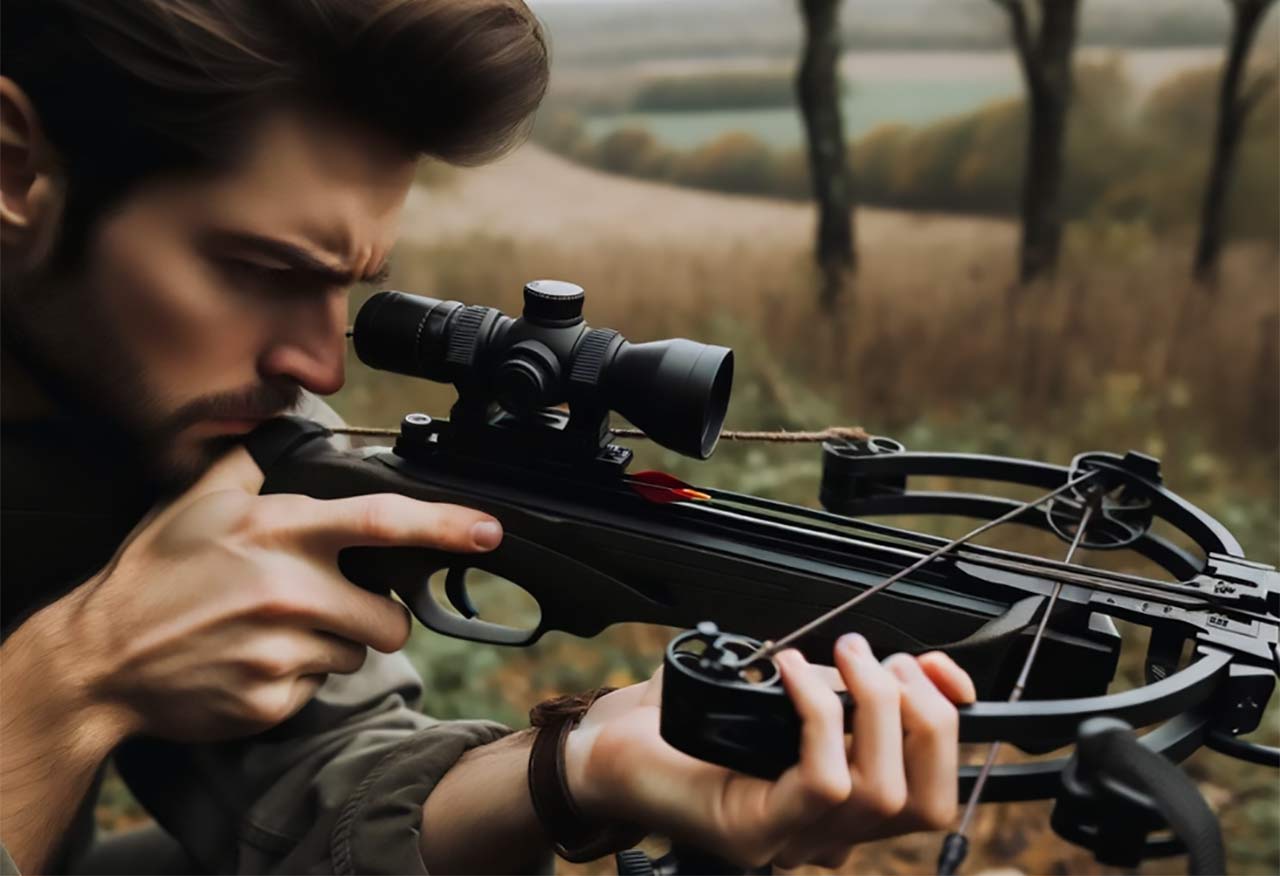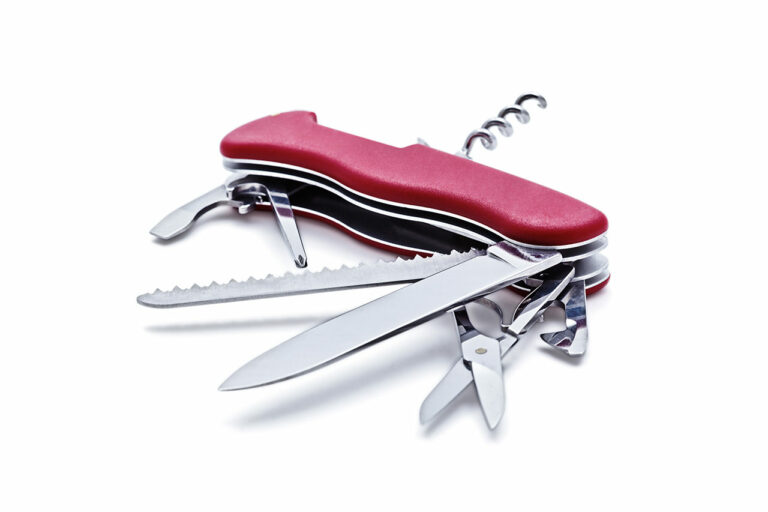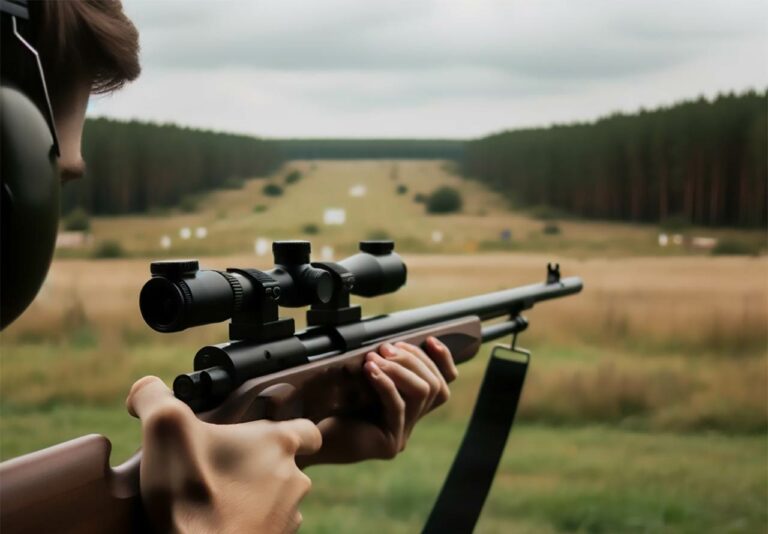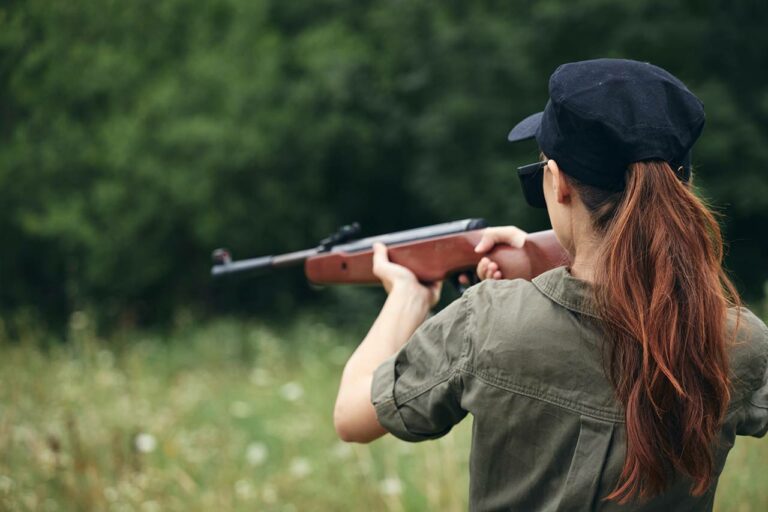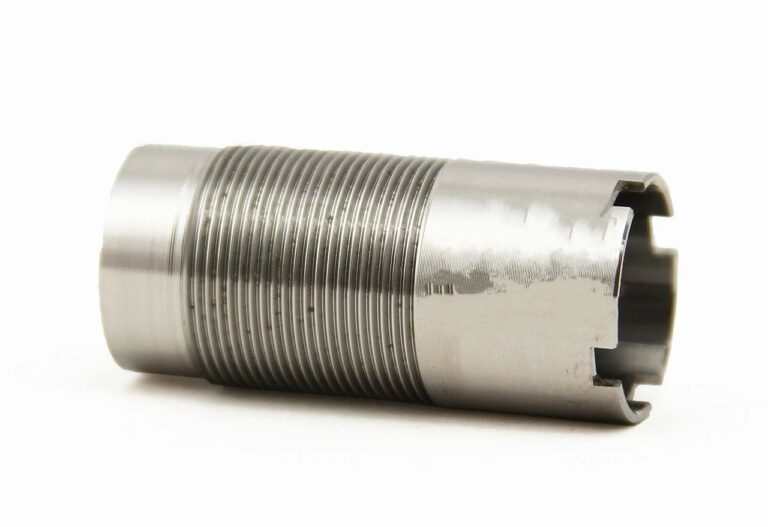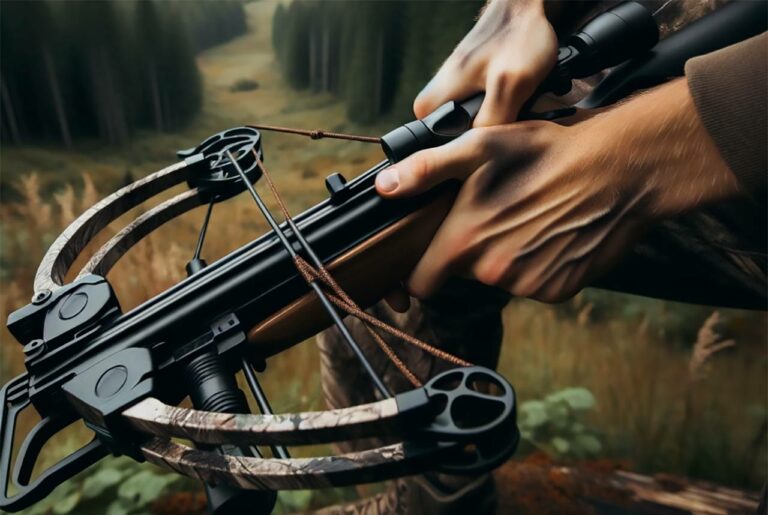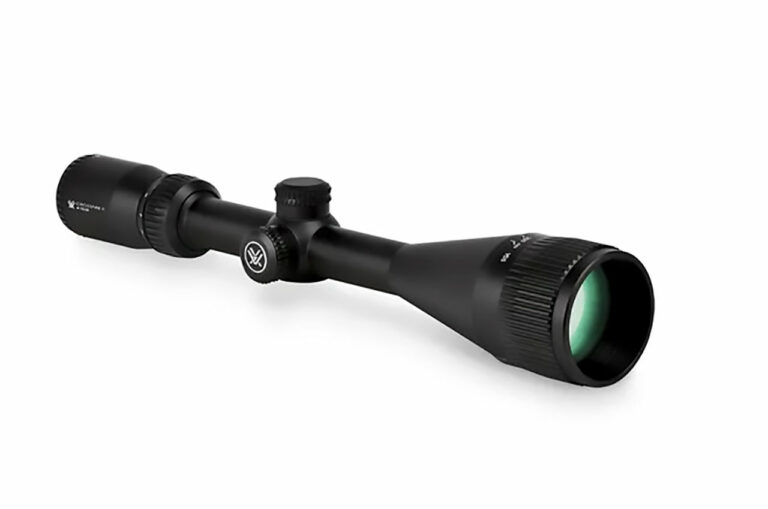How To Sight In A Compound Bow For Precision Shooting
Sighting in a compound bow is an essential skill for any archer, whether a seasoned hunter or a beginner just starting out. Getting your bow dialed in can drastically improve your accuracy and overall shooting experience.
A compound bow uses a system of cables, pulleys, and cams to generate power and accuracy, making it easier to shoot consistently. The key to unlocking your bow’s potential is to properly sight it in, allowing for precise shots at varying distances.
Before beginning the process, it’s important to make sure your bow is set up correctly, with the bowstring lined up vertically with the sight pins. This will help prevent any unnecessary frustration and potential loss of arrows while sighting in.
With the basics covered, you’re ready to dive into the actual process of sighting in your compound bow and to start shooting like a pro.
Preparing for Sighting In
Choosing Proper Arrows
It’s essential to choose the right arrows for your bow before you start sighting in. The spine, weight, and length of the arrows should match the draw weight and draw length of your bow. Using the wrong arrows doesn’t just make sighting in harder, it could actually damage your bow.
Perfecting Your Stance
A proper stance is key to consistent shooting. Stand perpendicular to the target, feet shoulder-width apart, with your toes pointing slightly outward. This will help you balance and create a solid foundation, ensuring that you can maintain the same position shot after shot.
Setting the Draw Length
Adjusting the draw length on your bow is crucial for accuracy. Your draw length is the distance between the nock on the arrow to the center of the bowstring at full draw. To find your draw length, spread your arms out to your sides, then measure the distance from the tip of one middle finger to the other. Divide that number by 2.5 to get your draw length in inches. Set your bow to your draw length for a comfortable and accurate shooting experience.
Establishing Anchor Points
Anchor points are specific spots on your body where the bowstring touches when you’re at full draw. Common anchor points include the corner of your mouth, the tip of your nose, or your cheekbone. Establishing consistent anchor points helps with your shot consistency and accuracy.
Aligning the Peep Sight
Proper peep sight alignment ensures that you have a clear sight picture at full draw. To align the peep sight, draw back your bow and settle into your anchor points. Adjust your peep sight so that your eye is directly behind it, looking through the center of the sight ring. Practicing proper peep sight alignment will help increase your accuracy when sighting in your compound bow.
The Sighting Process
Initial Adjustments
Before you start sighting in your compound bow, it’s essential to align the bowstring with the sight pins vertically. This will make the process easier and prevent the loss of arrows during practice.
Setting a 20 Yard Pin
Once your bowstring is visibly aligned, set up a target at least 20 yards away. Shoot three arrows at the target to obtain an initial baseline for accuracy. This will help you identify where your arrows are landing in relation to the bull’s-eye.
Aiming and Adjustment Process
Now that you know where your arrows are landing, use an allen wrench to make small adjustments to your bow sight. The general rule for adjusting your sight is to move the sight in the direction your arrows are hitting. Keep making small adjustments and practicing your shooting form until your pin is lined up with the bull’s-eye.
Moving to Longer Ranges
Once you’ve zeroed in at 20 yards, it’s time to move on to longer ranges (50-75 yards). Re-adjust your sight if necessary to maintain accuracy at these distances. Follow the same aiming and adjustment process, and ensure that your arrow is hitting within an inch or two of your target at these longer ranges.
Chasing the Arrow
The “chase the arrow” method is a popular technique that involves adjusting your sight in the direction your arrows are landing. It’s essential to apply this method while practicing at different yardages to ensure your sight is accurately set at various distances.
Overcoming Target Panic
One common obstacle for archers is target panic, an anxious feeling that can compromise your shooting form. To overcome target panic, focus on practicing and gaining confidence in your shooting form at various distances. Remember, practice makes perfect, and the more relaxed you are during your shot, the more accurate your aim will be.
After Sighting In
Maintaining Your Sight
After sighting in your compound bow, it’s essential to maintain the sight pins and other components to ensure accuracy and reliability. Regularly inspect your bow sights for any loosening or damage. Tighten loose screws, and consider applying a thread-locker to prevent them from coming undone. Keep the sight pins and lenses clean, as dirt or debris can affect your sight picture and overall accuracy.
Using Your Sight for Hunting
Select an Appropriate Hunting Sight
When preparing for hunting, choosing the right sight can greatly improve your accuracy. In most cases, hunting situations might not offer perfect visibility due to lighting, weather, or foliage. To counteract the challenges, consider a sight with bright, illuminated pins to make it easier to aim at your target. Consider features like multiple pins to accommodate various distances and adjustability for fine-tuning your aim. Opt for a durable, high-quality sight capable of withstanding rugged hunting conditions.
Frequently Asked Questions
What is the proper technique for sighting in a bow?
The proper technique for sighting in a compound bow involves starting at a close distance, usually around 5 to 10 yards from the target. Use the top pin as your aiming reference and shoot at the bull’s-eye. Take note of where your arrows are hitting in relation to the target and adjust your sight accordingly. It’s important to follow the general rule: move the sight in the direction your arrows are hitting.
How do I adjust my bow sight pins for better accuracy?
To adjust your bow sight pins, consider the vertical and horizontal axis separately. If you’re shooting to the right, move the sight farther to the right. If your arrow is hitting above the desired spot, move the pin up. Make adjustments in one direction at a time and test your accuracy after each change. The goal is to bring the arrow closer to the bull’s-eye with each adjustment.
At what distances should I set my sight pins?
The distances at which you set your sight pins may vary based on your specific needs and shooting preferences. Common distances to set sight pins include 10, 20, 30, and 40 yards. It’s advisable to practice at various distances for different hunting and target shooting situations. Adjust your sight pins accordingly as needed.
Can I sight in a bow without shooting it, and how?
Sighting in a bow without shooting it can be challenging and less accurate, as it doesn’t allow you to account for the actual arrow flight and trajectory. If you must sight without shooting, utilize a bow sight leveling tool to help align and adjust your pins while the bow is at rest. Keep in mind that this method won’t be as precise as actually shooting the bow and making adjustments.
What are the common bow-shooting errors to avoid while sighting in?
Some common bow-shooting errors to avoid while sighting in include:
- Inconsistent anchor points: Make sure to maintain a consistent anchor point on your face while drawing the bow.
- Gripping the bow too tightly: A relaxed grip will minimize torque and improve accuracy.
- Rushing the shot: Take your time to properly follow through with each shot.
- Not using a proper sight picture: Focus on the target and always use the correct sight pin.
- Anticipating the release: Don’t flinch or tense up before launching the arrow, as this can affect your accuracy.
How to fine-tune left and right adjustments in a compound bow sight?
Fine-tuning the left and right adjustments in a compound bow sight can be achieved by making small, incremental adjustments to the sight housing. If your arrows are consistently hitting to the left or right of the target, make minor adjustments to the sight housing in the direction the arrows are hitting. Test your adjustments before making any additional changes, and continue to fine-tune until your shots consistently land on target.
